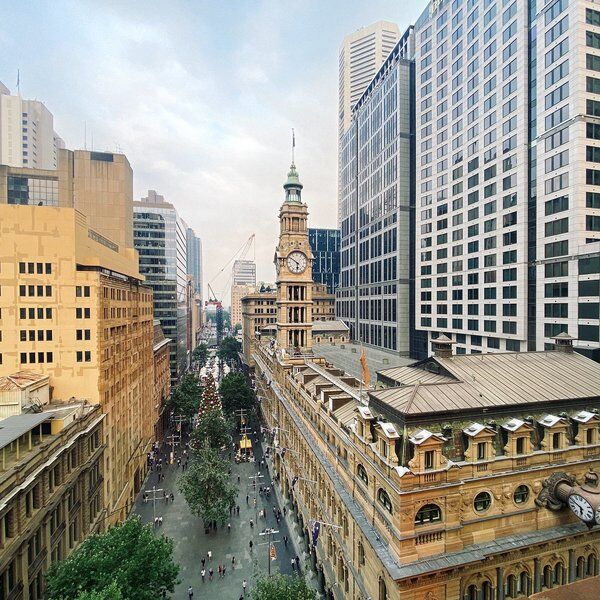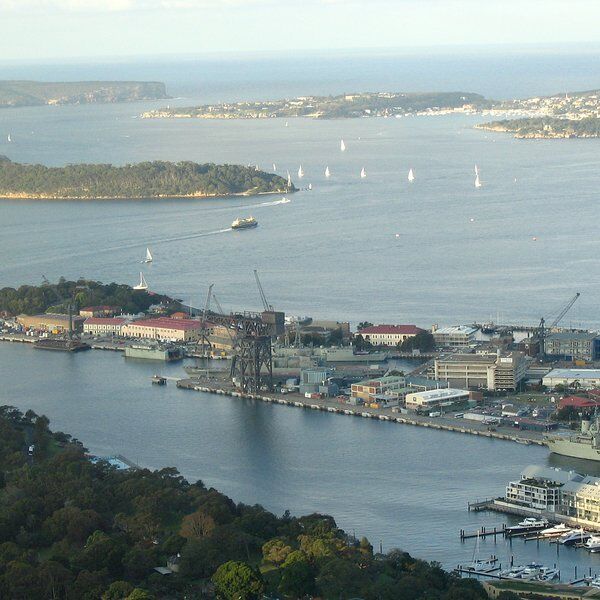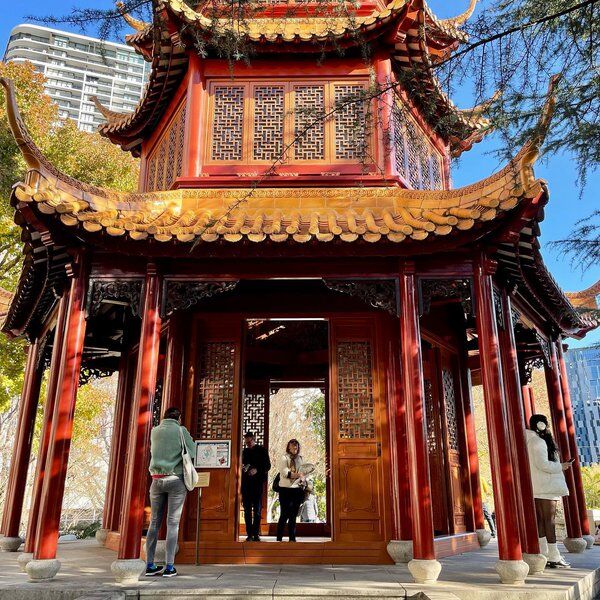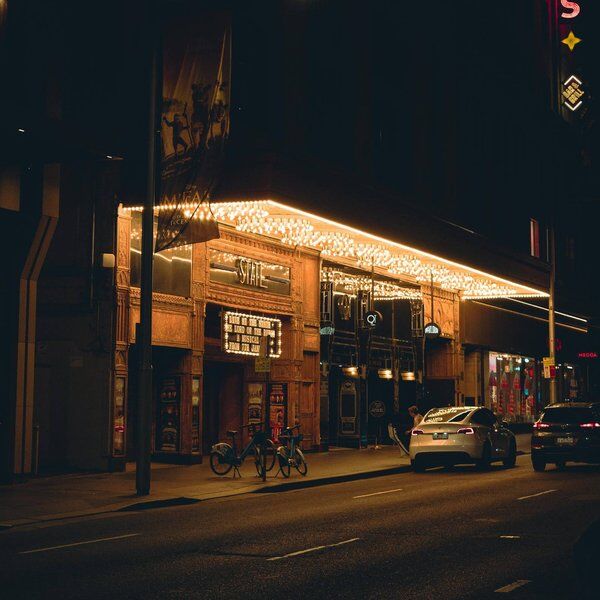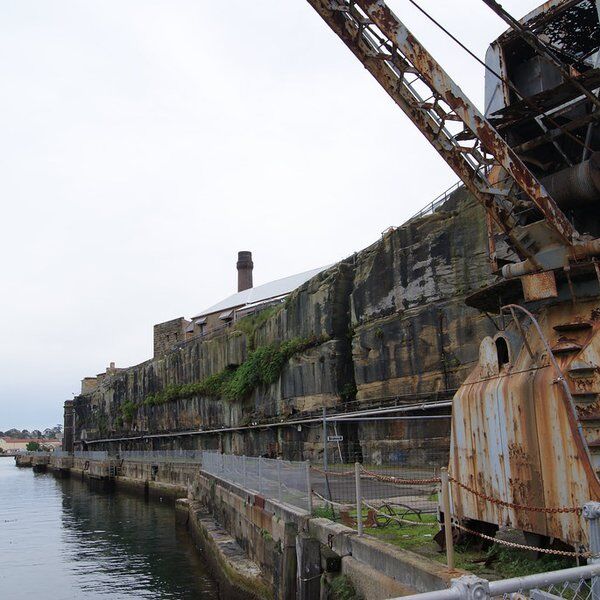Discover Finger Wharf in Sydney
Sydney’s Woolloomooloo suburb is home to the iconic Finger Wharf, a stunning example of early 20th-century engineering. Spanning 410 meters in length and 64 meters in width, it is celebrated as the longest timbered-pile wharf in the world. Its unique structure includes twin-story sheds flanking a central roadway, which allowed for efficient cargo movement in its heyday.
Midway through the wharf, an open transept connects both sides of the structure, giving it an architectural distinction that contributes to its heritage value. Today, this heritage-listed structure provides a unique waterfront destination with fine dining, upscale accommodation, and cultural experiences for visitors and locals.

What is Woolloomooloo?
Located just 1.5 kilometers east of Sydney's central business district (CBD), Woolloomooloo is a harborside suburb that has undergone significant transformation. Originally a working-class area, Woolloomooloo has evolved over the years, particularly with the gentrification of its inner-city spaces. The area is nestled along Woolloomooloo Bay and bordered by the vibrant localities of Potts Point and East Sydney.
Woolloomooloo's charm lies in its intriguing mix of old and new Sydney. The suburb retains public housing that dates back decades while offering newer, luxury developments, particularly around Finger Wharf. This once gritty docklands area is now a cultural and leisure hotspot.
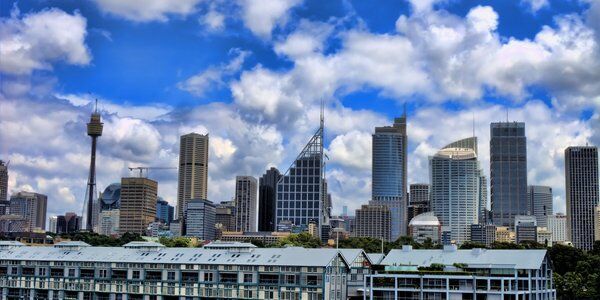
The History of Finger Wharf
Finger Wharf, also known as Woolloomooloo Wharf, was constructed between 1910 and 1915, under the supervision of the Sydney Harbour Trust's chief engineer, Henry D. Walsh. The wharf was built to streamline the chaotic state of Sydney's waterfront during the early 20th century, making it a key component of the city’s growing port infrastructure. Originally, the site where Finger Wharf now stands was home to Sydney’s first fish market, operating from 1872 to 1910.
At the height of its operation, Finger Wharf primarily served as a wool export hub, a critical role in Australia’s economy at the time. Its four berths and large timber sheds were designed to handle the vast quantities of wool that were exported from Australia to the rest of the world.
However, its importance stretched beyond wool, as it also played a pivotal role during World War I and World War II. The wharf acted as a staging area for the deployment of Australian troops overseas and was a disembarkation point for new migrants arriving in Australia.
The 400-meter-long structure underwent multiple expansions, including the addition of a 30-meter extension in 1916, and became known for its state-of-the-art wool storage and compression facilities. Over the years, however, advancements in shipping technology led to the decline of Finger Wharf’s role as a commercial port.

A New Era for Finger Wharf
By the 1980s, the wharf had fallen into disrepair and was nearly slated for demolition. However, public outcry and a renewed interest in preserving Sydney’s historical landmarks led to its revitalization.
In the 1990s, Finger Wharf underwent a dramatic redevelopment, transforming it into a fashionable destination while retaining much of its original architecture. A beautiful promenade was created, which stretches along the western side and offers breathtaking views of the marina. Here luxury yachts and sailboats add to the area's charm.
Originally, the wharf housed eight electrically driven bale elevators and four electric lifts. It also boasts the only remaining electrically operated goods conveyors in New South Wales, and one of Sydney’s oldest functioning electric lifts. Today, visitors can explore some of these industrial relics, which were preserved during its conversion, alongside old conveyor belts and signage that offer glimpses into its working past.

Things to do at Finger Wharf: Dining, Accommodation, and More
One of the most popular features of Finger Wharf today is its fine dining scene. The wharf is home to several high-end restaurants, including Manta, China Doll, and Otto, offering a range of cuisines from fresh seafood to pan-Asian delights. Dining along the wharf or popping into elegant yet relaxed establishments such as the Water Bar for a drink, also ensures stunning views of the Sydney skyline and the Woolloomooloo Bay.
For those seeking luxurious accommodation, the Ovolo Woolloomooloo Hotel, housed within the wharf itself, provides an upscale and trendy experience. Known for its sleek design and waterfront views, this hotel combines historical elements with modern comfort. Aside from hotels, the wharf also has a high residential appeal with celebrities, including actor Russell Crowe, owning homes here, adding to the wharf's allure as one of Australia’s most prestigious residential locations.
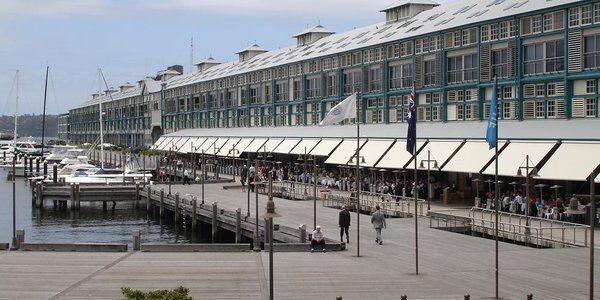
Visiting Finger Wharf
When visiting Finger Wharf, you’ll be immersed in a blend of history, culture, and modern luxury. Visitors can explore the rich maritime history of the wharf, dine at one of the many waterfront restaurants, or simply enjoy the views of the marina.
The area is accessible by foot (only 15 minutes) from Sydney’s CBD, and its promenade is perfect for a leisurely stroll. Woolloomooloo is also serviced by several bus routes, and it’s a short walk from Kings Cross train station. For those arriving by car, parking facilities are available near the wharf, including spaces for hotel guests and visitors to the restaurants.
Nearby Attractions
Visitors can also explore several nearby attractions, such as:
- Artspace at The Gunnery: A contemporary art center in the Gunnery Building.
- Andrew 'Boy' Charlton Pool: On Woolloomooloo Bay’s western edge, this pool has views of the ocean and lots of recreational opportunities.
- Royal Botanic Garden: Located nearby, this large garden is a natural escape from the urbanized Finger Wharf.

Explore Beyond Finger Wharf with CityDays
While Finger Wharf is a fantastic destination on its own, there’s so much more to explore in Sydney, and CityDays is here to help. If you want to discover other heritage sites around the CBD—with rest stops at cafes and bars along the way—why not embark on a CityDays Scavenger Hunt in Sydney, and in particular our Secrets of the CBD Hunt?
Scavenger Hunt tours are a great way to bring family and friends—or even dates and colleagues—together for an afternoon of great fun and adventure, solving clues and snapping photos. Clues will lead you to the big sights and those that you'd walk straight past.
Our Secrets of the CBD Hunt is the perfect way to experience the city, and culminates at the historic Rocks. For more information about our Sydney Scavenger Hunts then click here: Sydney Scavenger & Treasure Hunts | CityDays.









